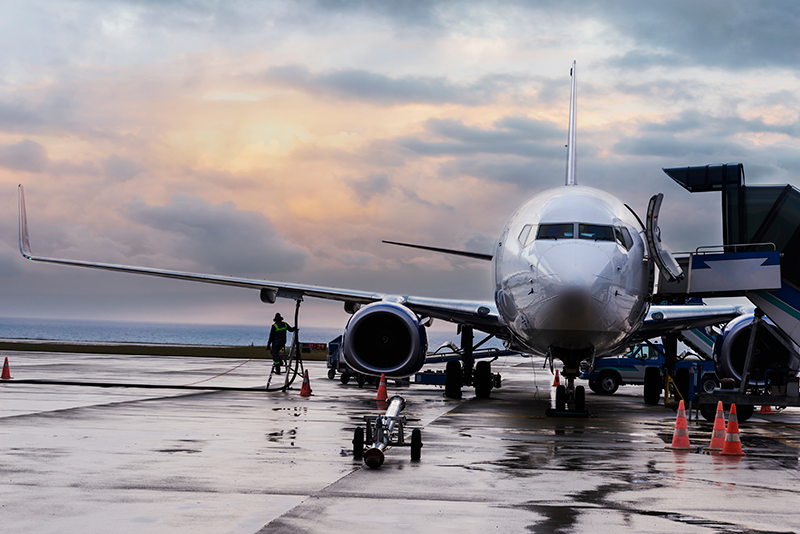The lack of congestion in the airspace and at major airports means flight times are measurably shorter than in 2019. Additionally, delays have been much less frequent, and the average length of a delay has decreased by 11 minutes. Yet, most carriers haven’t adjusted their scheduled block times to match current conditions.
Overestimating block times results in higher costs at a time when cash is of paramount importance.
The scheduled block time drives crew planning and compensation, dictates the amount of fuel required for a flight and drives the calculation of the fleet size needed to execute against the schedule. Inflated block times result in inefficiencies such as optimal use of staff, overcompensation of crews, added weight and increased fuel burn and lower utilization rates for active aircraft. Scheduling block times that reflect the new reality is one of the most important steps airlines could take to reduce their cash burn rates. To do it correctly requires data and analysis – lots of data and thorough analysis.
Many questions need answers, including:
- What has changed and by how much?
- What are the trends?
- How should block times on a particular route vary depending on the equipment type used?
- Which routes are most affected by reduced traffic?
- What are the regional variables?
- How often should block times be adjusted?
Using Cirium data from the new cloud-based data platform – Cirium Sky – we can answer these key questions. Focusing on five major airports – Atlanta Hartsfield, Frankfurt, JFK, London Heathrow, and Chicago O’Hare, here are some of the findings:

- Overall flight times are significantly shorter. The percentage of flights arriving early was up significantly in Q4 2020 vs Q4 2019. While that may be good news for passengers, early arrivals can disrupt airports, negatively impact slot compliance for the operating airline, and increase airport fees as a result of additional time spent at gates.
With the exception of Atlanta, the percentage of flights arriving 15 or more minutes early increased – more than doubling at Frankfurt and London Heathrow and in double digits at JFK and O’Hare. Atlanta’s overall performance is largely driven by Delta – one of the few airlines reported to have adjusted their block times to account for lower congestion. The rate of early arrivals is a clear indication of inflated block times.
- Average taxi times – a key factor in calculating block times – are much shorter in the first two months of 2021 compared to the same period in 2019.

Route Level Analysis
Block times, of course, need to be set route-by-route. We looked at block time reliability on the Atlanta to Chicago O’Hare route to compare block times by airline and by aircraft type.

The analysis for Q4 2020 revealed that American and United had longer scheduled block times and higher block time reliability (B0%) than Delta for the same or similar aircraft. As a rule, consistent B0 performance above 80% indicates that scheduled block times are unnecessarily long. The Cirium data set enables schedule planners to monitor their own block time reliability and evaluate competitor block time performance to help inform their decisions. In the example above, an analyst could conclude that United’s 139-minute block time for a 737-800 is longer than necessary (B0%=100) and that Delta’s 117-minute block time is too short for an A319 (B0%=30).
Data and Analytics can Transform Airline Planning and Operations
Data takes the guesswork out of block time scheduling and can eliminate the tension between the planning and operations teams over who knows best what the block time should be. Recalibrating scheduled block times to match the reality on the ground and in the air can save airlines millions of dollars in operating cost, improve efficiencies, and reduce airport disruption caused by early arriving aircraft. Cirium is providing data and advanced analytics to equip planning and operations teams to collaborate in creating and maintaining a resilient and executable operating plan.
























































